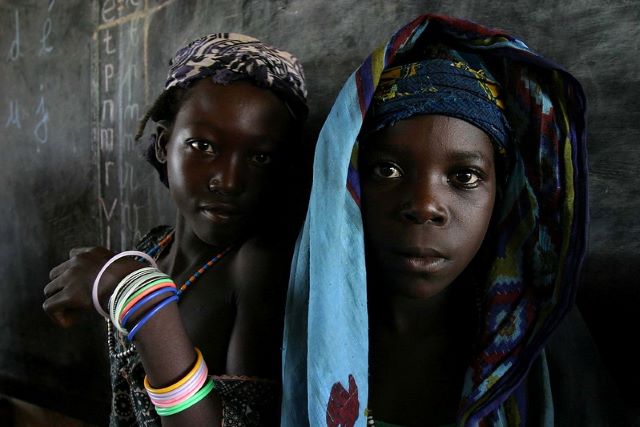 One year after repatriation efforts began, refugees from the Central African Republic are returning home. Although repatriation operations began in November 2019, the return of refugees from the Central African Republic was delayed by the COVID-19 pandemic. Enhanced health and safety precautions made their return possible. The United Nations Refugee Agency, a U.N. agency responsible for protecting refugees, organized the implementation of health and safety precautions. Measures included the use of masks and temperature screening. Handwashing stations were also installed to prevent the spread of disease.
One year after repatriation efforts began, refugees from the Central African Republic are returning home. Although repatriation operations began in November 2019, the return of refugees from the Central African Republic was delayed by the COVID-19 pandemic. Enhanced health and safety precautions made their return possible. The United Nations Refugee Agency, a U.N. agency responsible for protecting refugees, organized the implementation of health and safety precautions. Measures included the use of masks and temperature screening. Handwashing stations were also installed to prevent the spread of disease.
Central African Republic Refugees
Repatriation efforts began after security conditions in the Central African Republic improved. Stability in the country has developed at a slow pace. Less violence in regions of the Central African Republic known for volatile shifts prompted the voluntary return of refugees.
Beginning in 2012, violent confrontations between armed factions throughout the Central African Republic forced more than 500,000 people to flee. Thousands more went into hiding, often in the wilderness, where access to food and clean water is scarce. A staggering rate of poverty among citizens of the Central African Republic reflects years of political instability.
Poverty in the Central African Republic
Both domestically and abroad, refugees from the Central African Republic experience rates of extreme poverty and hunger. The Central African Republic was one of the last two countries on the 2018 Human Development Index ranking. Combined with the political instability of the nation, the Central African Republic’s low development score contributes to the nation’s high rate of poverty.
With a population of a little less than five million people, almost 80% of the country’s people live in poverty. While political instability is a major factor that contributes to the high rate of poverty in the country, meager production rates, insufficient markets and pronounced gender inequality also contribute to the high rate of poverty. Additionally, it is estimated that nearly half of the population of the country experiences food insecurity.
Alarmingly, almost 90% of food insecure individuals in the country are classed as severely food insecure, which is nearly two million people. This has particularly devastating effects for children aged between 6 months and 5 years old. More than one-third of all children within that age range are stunted due to lack of appropriate dietary nutrition.
The World Food Programme Alliance
In partnership with the government of the Central African Republic and other humanitarian organizations, the World Food Programme (WFP) provided emergency food and nutritional assistance to nearly 100,000 people, in 2018. This assistance was delivered to individuals who were affected by the violence that resulted from the coup in 2013, the civil violence that was unleashed by competing factions after the coup and the violence that continued through 2017, as hostility between armed groups was reignited. This method of the WFP’s humanitarian aid involves the distribution of food packages and the implementation of nutrition activities for children and pregnant mothers.
Time will tell whether refugees are returning to a country that will eventually provide for them. Through various initiatives, including Food Assistance for Assets and Purchase for Progress, the WFP hopes to turn civic, humanitarian functions over to the country’s government.
Food Assistance for Assets and Purchase for Progress
Both the Food Assistance for Assets and Purchase for Progress initiatives were designed by the United Nations to help partner nations achieve objectives set by the ‘Zero Hunger’ Sustainable Development Goal. Food Assistance for Assets “addresses immediate food needs through cash, voucher or food transfers.” Its response to immediate needs is paired with a long-term approach. Food Assistance for Assets “promotes the building or rehabilitation of assets that will improve long-term food security and resilience.”
Purchase for Progress works in tandem with Food Assistance for Assets. It is a food purchase initiative, whereby the WFP purchases more than $1 billion worth of staple food annually from smallholder farms. This food is used by the WFP in its global humanitarian efforts. Meanwhile, its ongoing investment in smallholder farms contributes to national economies.
Through the initiatives of the World Food Programme and its dedicated efforts for humanitarian assistance and hunger eradication, the Central African Republic will hopefully reach a point where its citizens never again have to flee the country they call home.
– Taylor Pangman
Photo: Flickr
 Sesame Street is
Sesame Street is 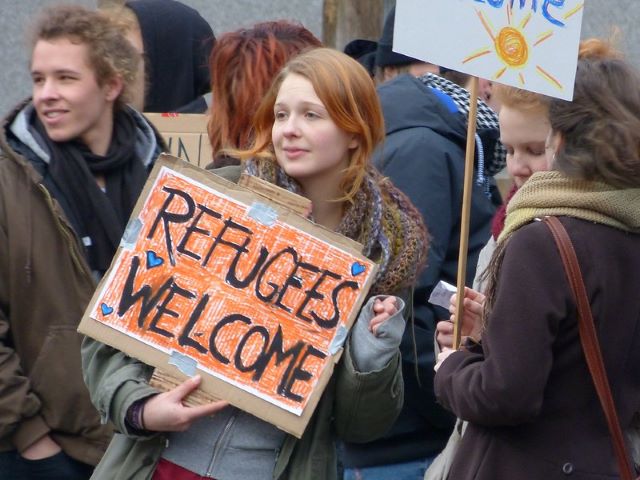 In 2019, the U.N. Refugee Agency reported that there were about
In 2019, the U.N. Refugee Agency reported that there were about 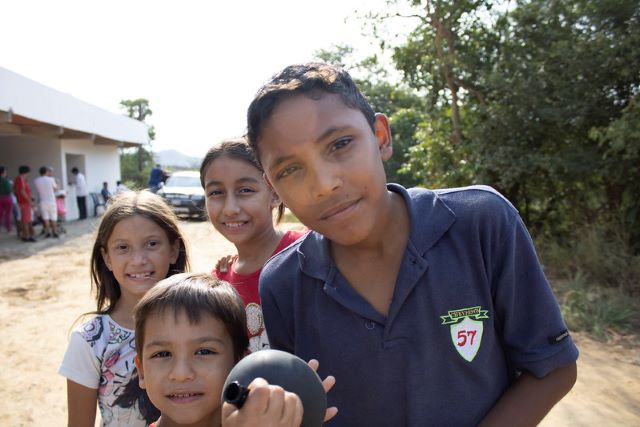 A combination of poor leadership and crippling sanctions have created a nation-wide economic crisis in Venezuela. The Center for Strategic and International Studies found that even before U.S. sanctions were placed on Venezuela, the country was already enduring hyperinflation, had seen
A combination of poor leadership and crippling sanctions have created a nation-wide economic crisis in Venezuela. The Center for Strategic and International Studies found that even before U.S. sanctions were placed on Venezuela, the country was already enduring hyperinflation, had seen 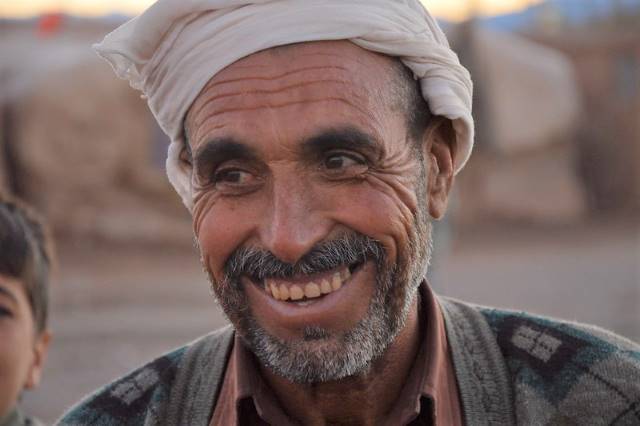 At the end of 2019, there were
At the end of 2019, there were 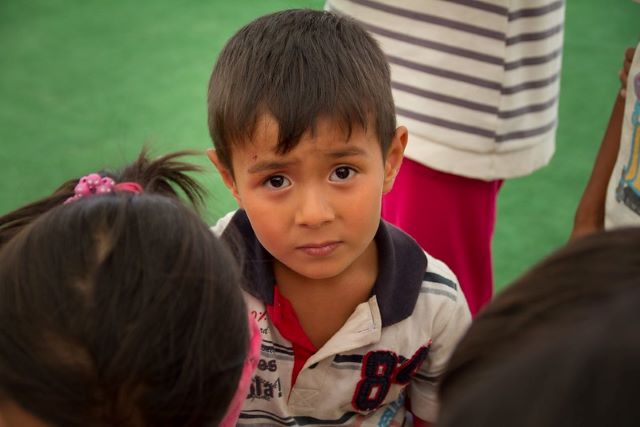 In Lesbos, Greece, children suffering from life-threatening illnesses are being deprived of healthcare. Concerns regarding the Greek government’s stance on providing adequate healthcare to children suffering from chronic, complex and life-threatening diseases at the Moria camp are on the rise. Many camps are overcrowded and have limited resources available for the growing vulnerable population.
In Lesbos, Greece, children suffering from life-threatening illnesses are being deprived of healthcare. Concerns regarding the Greek government’s stance on providing adequate healthcare to children suffering from chronic, complex and life-threatening diseases at the Moria camp are on the rise. Many camps are overcrowded and have limited resources available for the growing vulnerable population. 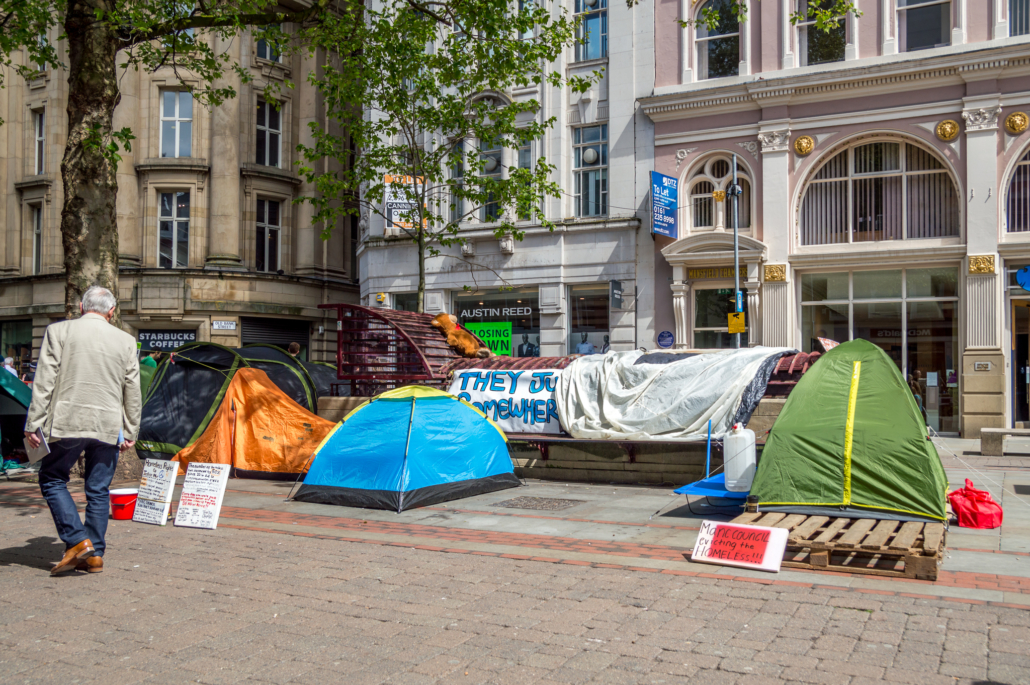 University of Southern California (USC) has a course called “Innovation In Engineering and Design for Global Crises.” As part of the class, a team of USC undergraduates visited the Moria refugee camp to learn from and engage with the displaced peoples about their experiences. The need for more livable housing was the impetus for students’ project development. The result was Torch Tile — an adaptable, low-cost, user-friendly
University of Southern California (USC) has a course called “Innovation In Engineering and Design for Global Crises.” As part of the class, a team of USC undergraduates visited the Moria refugee camp to learn from and engage with the displaced peoples about their experiences. The need for more livable housing was the impetus for students’ project development. The result was Torch Tile — an adaptable, low-cost, user-friendly 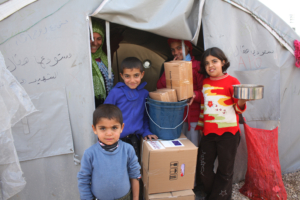 The Syrian conflict continues to rage through this pandemic. The locus of fighting has shifted to the provinces of Idlib and Aleppo. Since 2019, the Syrian government — with support from Russia — has engaged in various bombing campaigns in the region and sent ground forces as well. Idlib is clearly feeling the effects of this violence. The need for aid in the province grows alongside the increasing size of the humanitarian crisis. One particularly important but overlooked aspect of the devastation in Idlib is the rising cost of food. Child hunger in Idlib is a result of the rise in levels of food among the youth due to price increases.
The Syrian conflict continues to rage through this pandemic. The locus of fighting has shifted to the provinces of Idlib and Aleppo. Since 2019, the Syrian government — with support from Russia — has engaged in various bombing campaigns in the region and sent ground forces as well. Idlib is clearly feeling the effects of this violence. The need for aid in the province grows alongside the increasing size of the humanitarian crisis. One particularly important but overlooked aspect of the devastation in Idlib is the rising cost of food. Child hunger in Idlib is a result of the rise in levels of food among the youth due to price increases.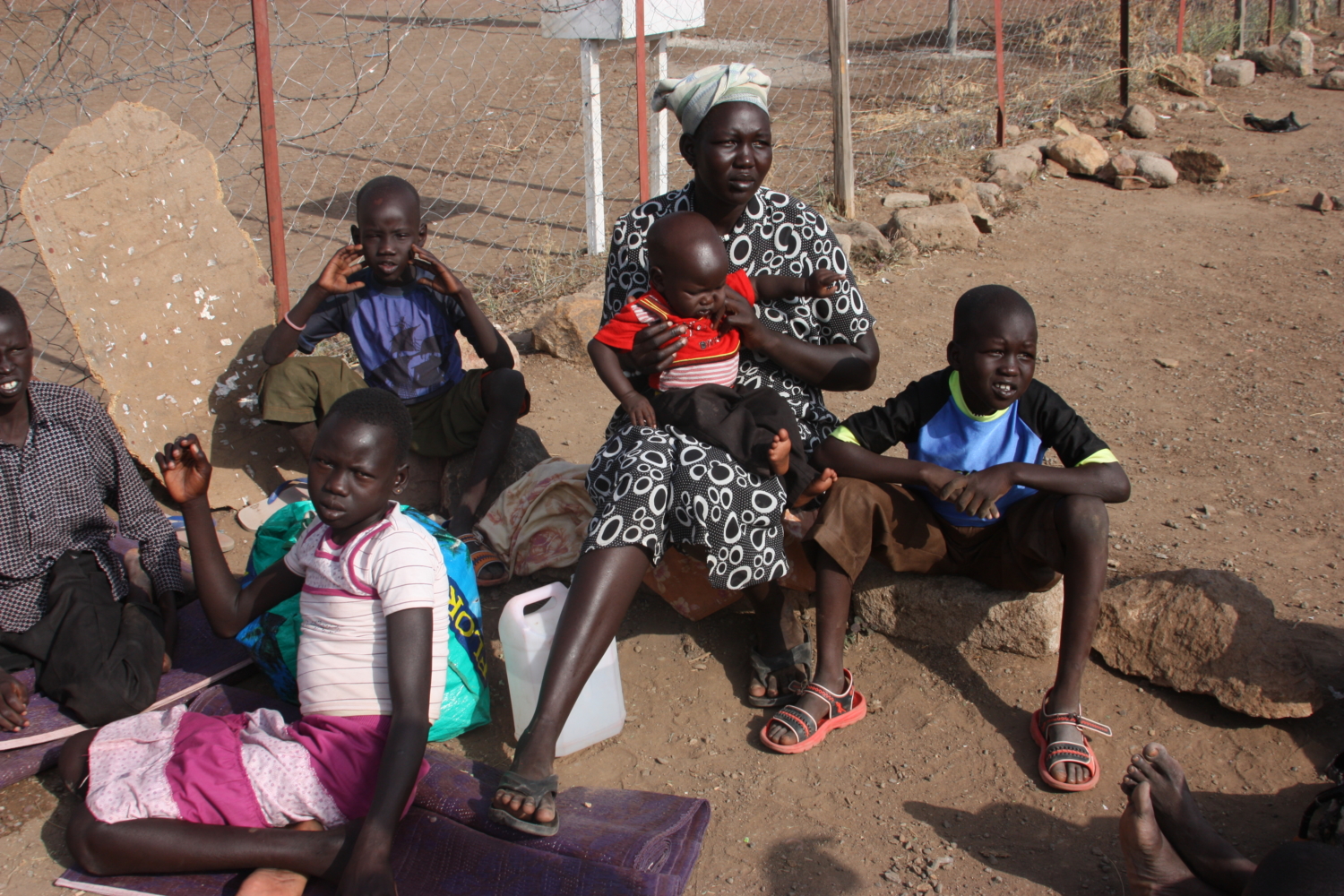 Many refugees in Sudan fled on foot to Egypt to escape violent and impoverished conditions in Sudan. About
Many refugees in Sudan fled on foot to Egypt to escape violent and impoverished conditions in Sudan. About  Of the world’s population, 79.5 million people have been
Of the world’s population, 79.5 million people have been 